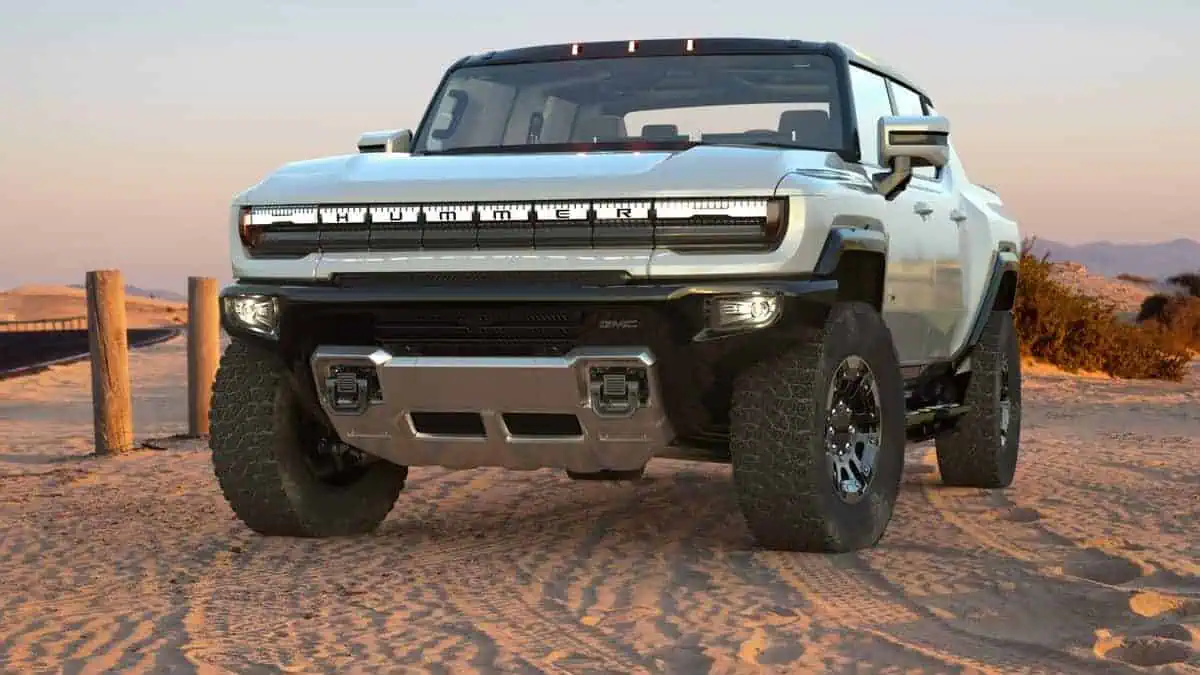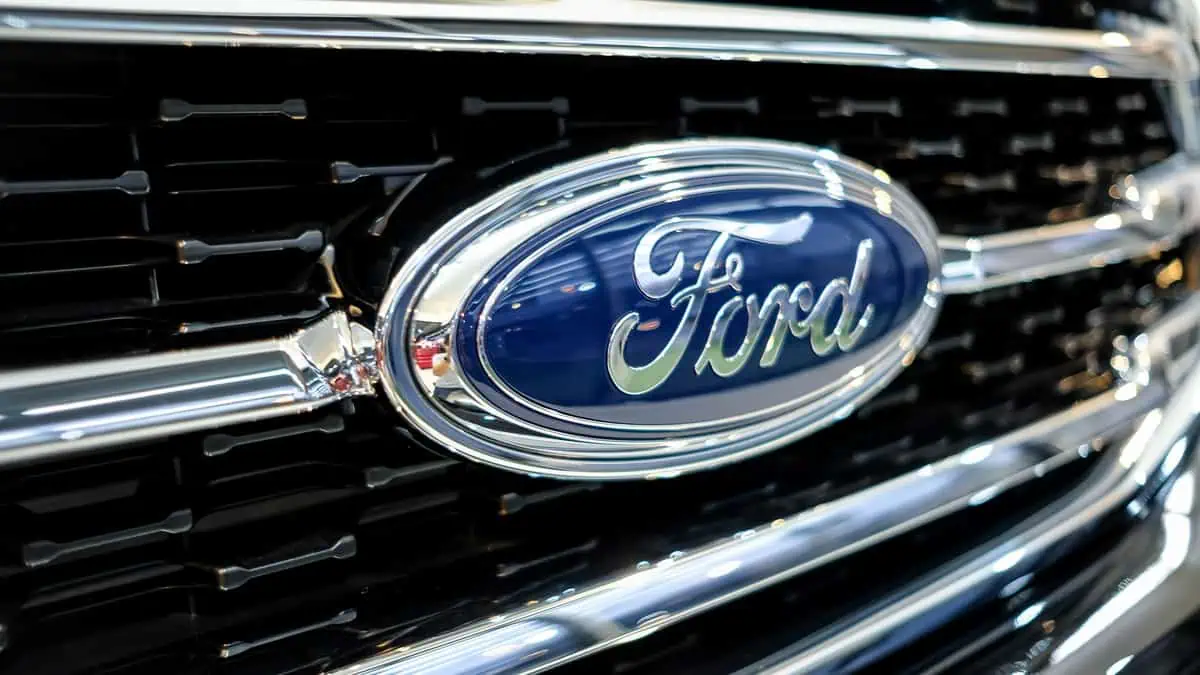General Motors has announced it has formed a new line of energy business caled GM Energy, which will offer seamless ‘integrated energy management’ products and services for homes and businesses to its electric-vehicle customers, as per Car and Driver.
Essentially, this means that GM will help owners of Ultium-based EVs to lower their energy costs, use their cars for emergency backup power, and perhaps if permitted, lower their lease payments by letting utilities draw small amounts of energy from their EVs when it’s plugged in.
GM Energy is mainly divided into three sectors covering residential, commercial and charging. Each sector has the Ultium name, the same branding that GM gave to the next-generation electric vehicle platform and batteries of its new and upcoming EVs. The Ultium Home line consists a stationary battery called Powervault, an EV charger, solar through its partner SunPower and a controller box that will link everything together.
The home energy system, which includes stationary storage similar to Tesla’s Powerwall product, will premiere with the launch of the 2024 Chevrolet Silverado EV. GM did not release pricing information on its new products.
GM Energy will cover the span of EV ownership, including stationary energy storage, solar through the partnership with SunPower and bidirectional charging technology to deliver power from the vehicle to their home or to the grid. In line with that, GM Energy has also developed a cloud product, which can house data and management software and aids link all of these hardware products together, and even out the power grid while giving an incentive to EV owners.
“So this is a very, very powerful tool that we’ve been building,” Travis Hester, vice president of GM’s EV growth operations, said. “This energy cloud is going to help us with knowing how and when to talk to a large amount of customers. If we want to go access a million customers in a few minutes, we have to have ways to go do that and then to be able to talk to the utilities about what energy they need, and be able to manage behavior en masse.”
Today’s electric vehicles have battery packs with capacities of 60 to 200 kilowatt-hours of energy, or two to seven times the daily usage by the average U.S. household. Average daily travels of 30 to 100 miles use up only half of that at most.
“The new business unit has also developed large-scale batteries for utilities as well as hydrogen fuel cells” Hester told TechCrunch in a recent interview.
GM’s new unit will build a business that links the distributed energy storage of millions of EVs to owners’ homes (as backup power, replacing gasoline-fueled generators) and to the broader electric grid. It plans to “play across the entire energy ecosystem,” said Mark Bole, head of V2X and Battery Solutions, during a press preview in advance of the announcement.
Just last year, Ford seemed to have never expected the public’s interest in an aspect of its F-150 Lightning electric pickup. With modifications to home wiring in the top version, the ability to power a home at up to 19.2 kilowatts for up to several days on a fully charged battery. Other electric vehicles also offer power-out capabilities at lower rates. The latest EVs from Hyundai and Kia have three-pong, 120 volt outlets at the base of the rear seat to run various consumer electronics.
GM discussed that one of two home applications is backup power for emergencies. While the other application is lowering electric bills from charging the EV especially when the rates are lowest, then using some of its energy to light up the house during peak demand, replacing grid electricity when the rates are at its highest.
“To your local electric utility, your EV—and your neighbors’—represent a tantalizing pool of energy storage, with a relatively low total power draw if charged overnight, when demand is lowest. The most forward thinking of the nation’s 3500-plus electric utilities see EVs “more as a solution than as a problem to be solved,” said Hester.
EVs offer an alternative: Plug in the car at night and get the same backup. If there’s a grid outage, your charging station switches automatically from recharging the battery to using that battery to power your house. GM plans to help with that. Its new unit will be able to provide a range of Ultium Home products and services, which includes bidirectional wall-mounted charging stations, in order for new Ultium platform based EVs to provide backup power.
The specific details of how it will work have yet to be revealed and its first products and services would not undergo production for a year. If GM is to be successful, the company will have a role in helping and participating in all points of energy generation and storage.
Though the utilities often don’t know where EVs are exactly located, GM wants to help with it as well. It will know where every single Ultium vehicle is located, via the cars’ cellular connections. It will also be able to communicate with the home stations it sells that charge them.
Now, the automaker is reaching out to hundreds of large utilities in order to start the process of negotiating the deals to connect EVs as storage resources.






